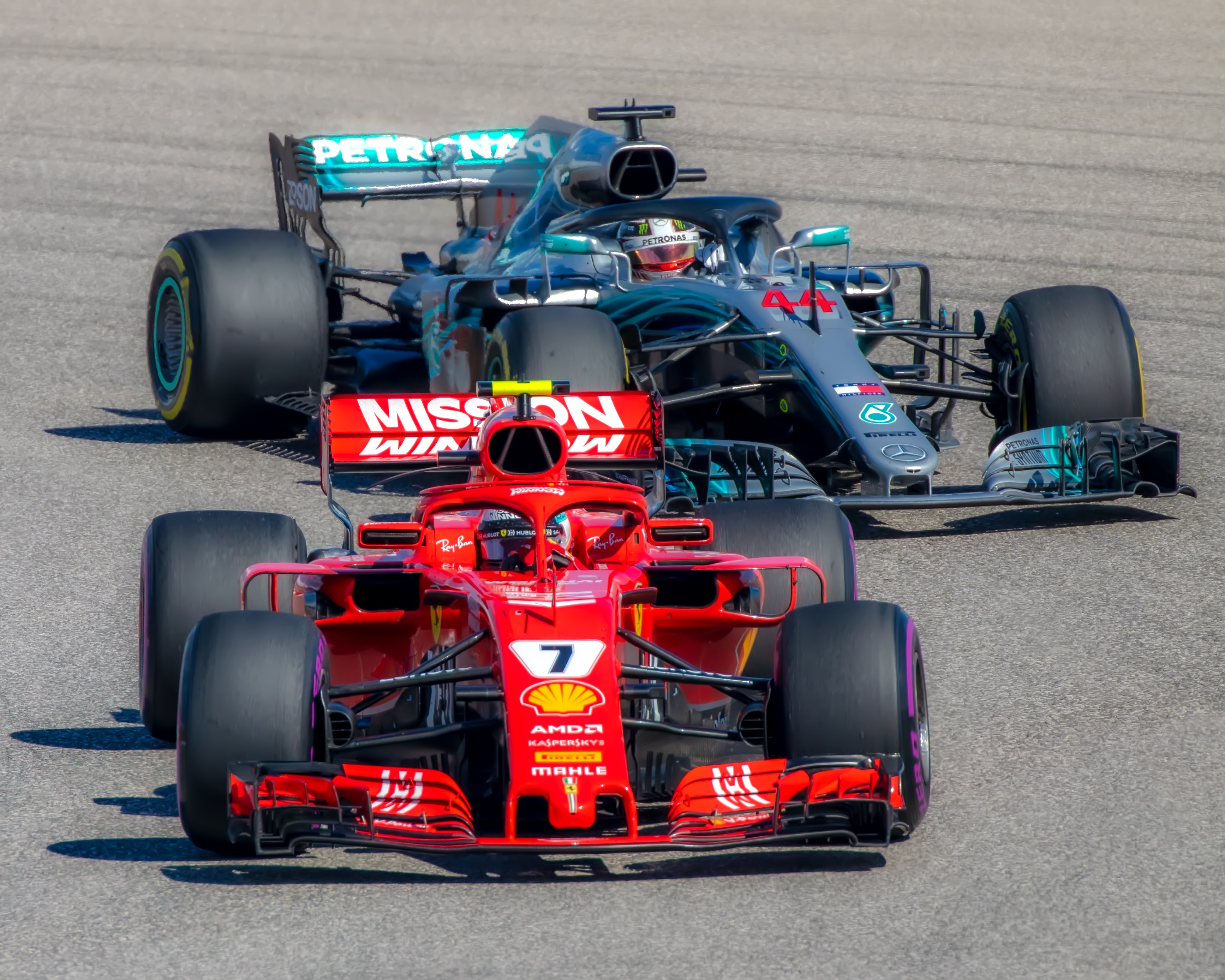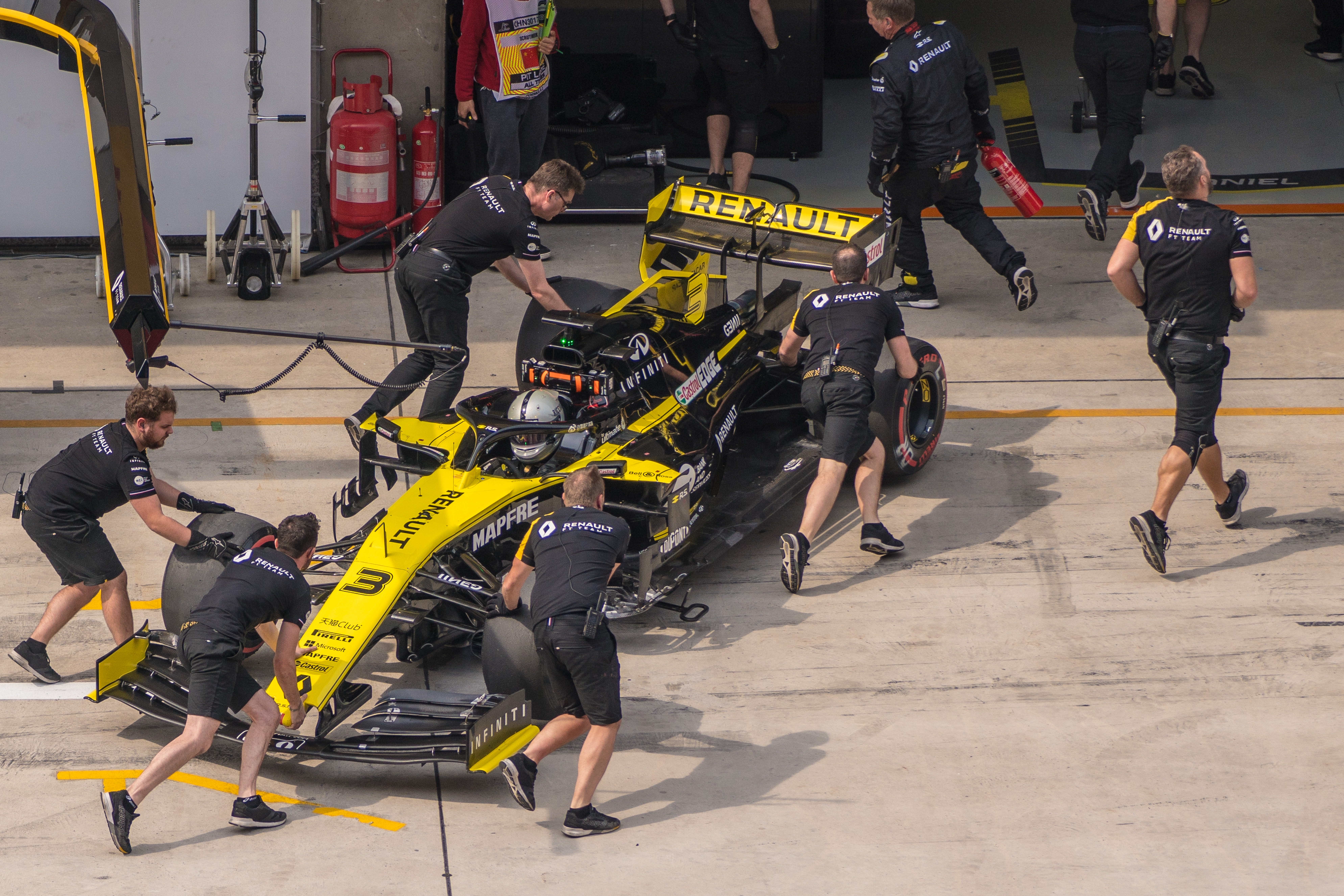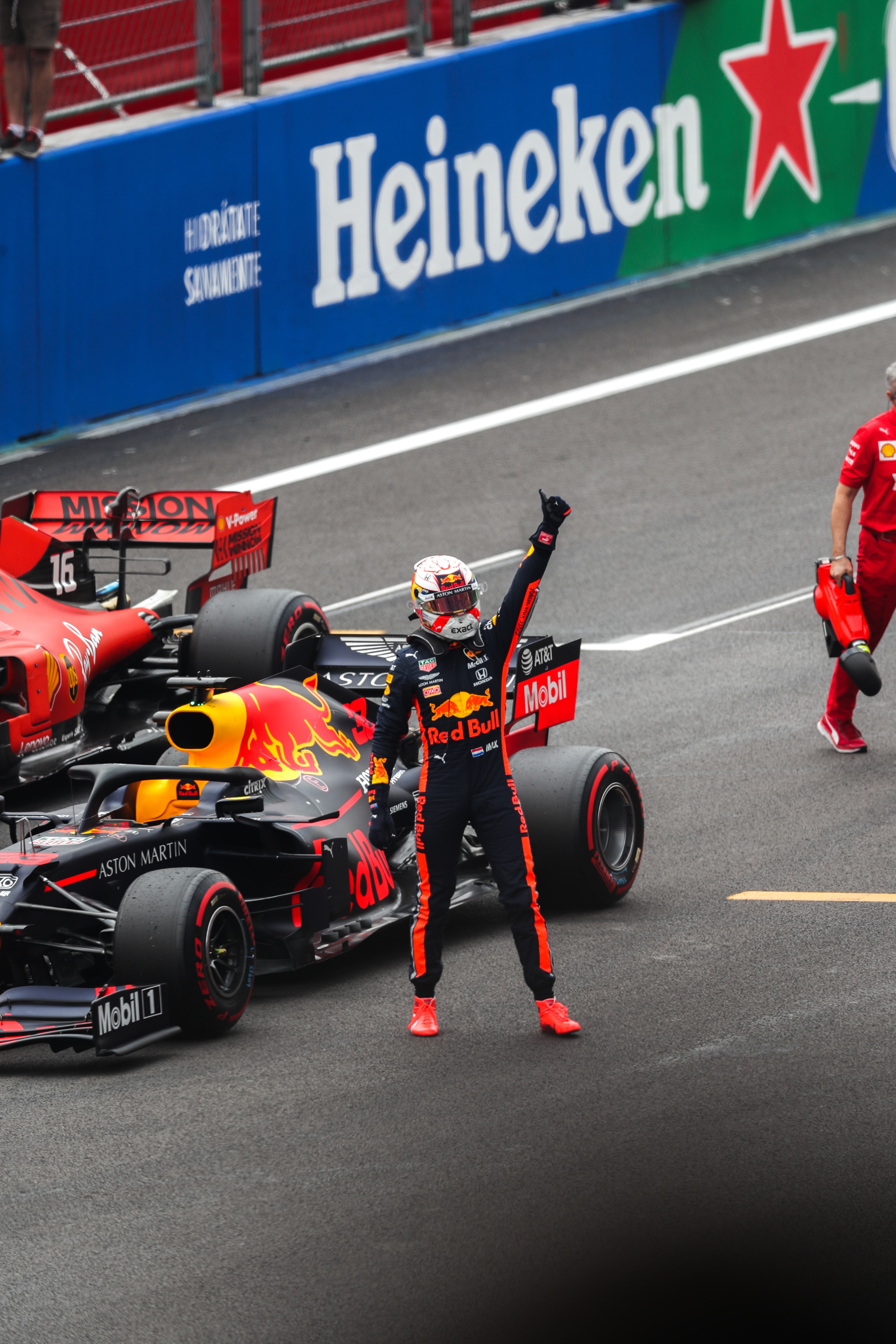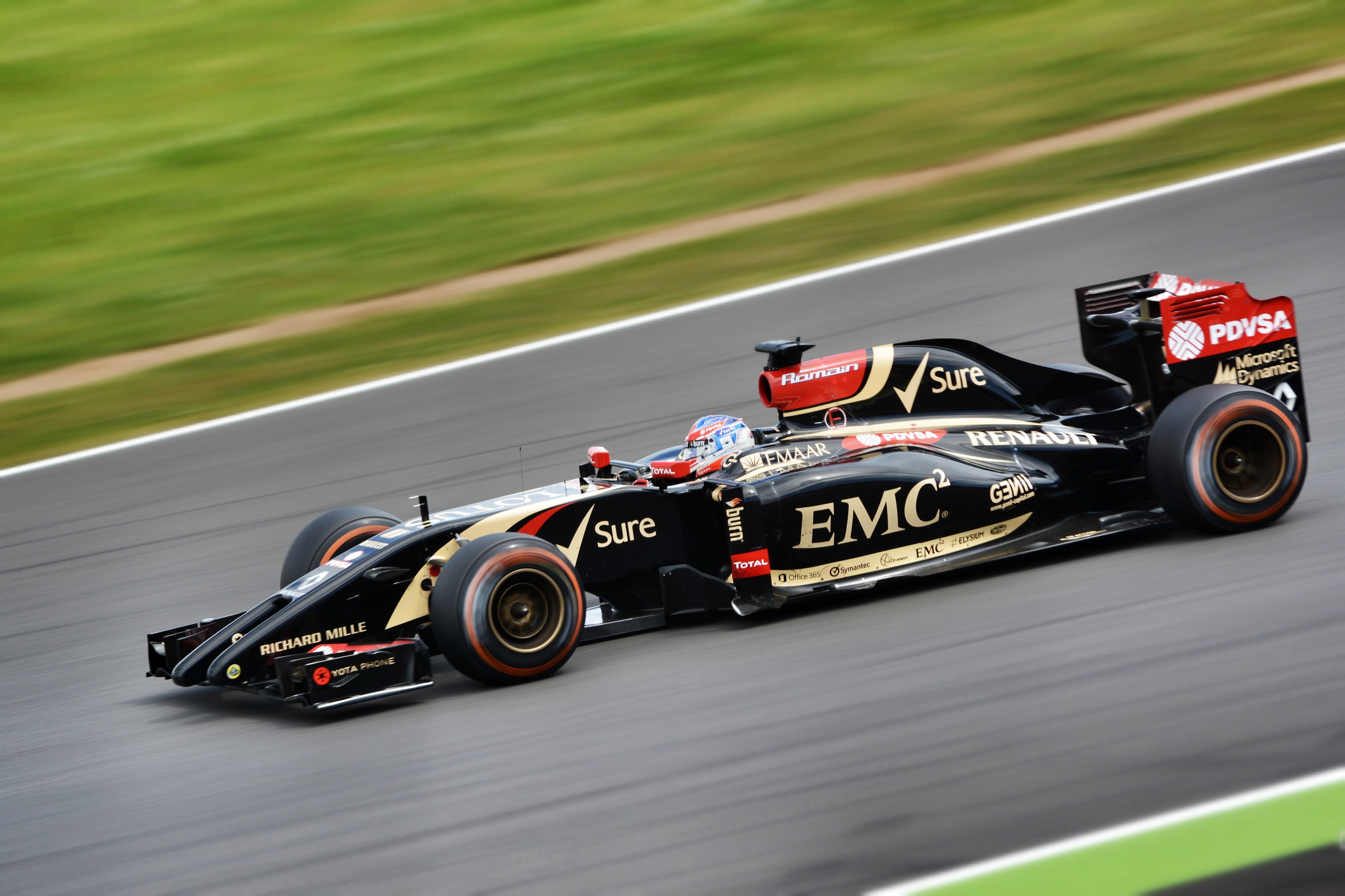Formula 1 from 2000 to 2021 has evolved through different eras of team dominance and star drivers. Some veterans have achieved a legacy for themselves, continuing and boosting the status of motorsports within their country. Some drivers and teams have barely won enough points to achieve long-term viability and memorability.
The 2022 season brings about major change of technical regulations, hopefully to shake up team performances this decade. Will we see a mid-tier team rise to become one of the top teams such as Ferrari, Mercedes and Red Bull? Or will we see the decline and exit of any of the top teams and drivers? Who will be the next Formula 1 world champion after Lewis Hamilton and Max Verstappen? Formula 1 fans will be in for a ride.
The data is compiled from http://ergast.com/mrd/
Further data processing work and relabelling of team names done by me
Made with D3.js, RAWGraphs
Published and last updated on November 2022



